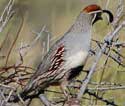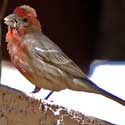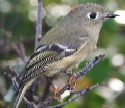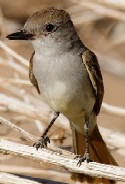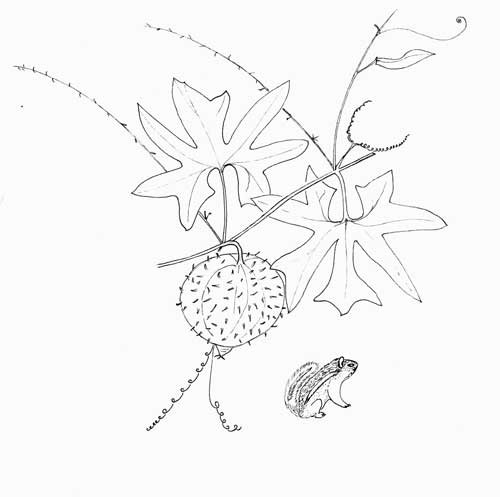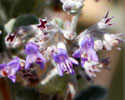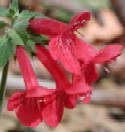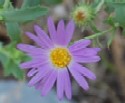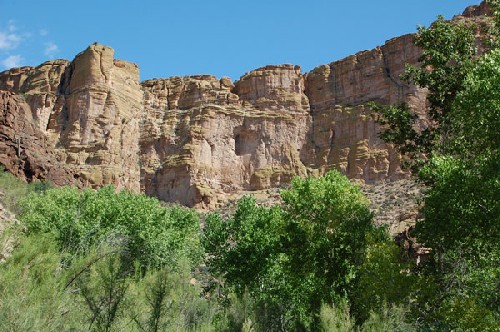
View in Fish Creek Canyon looking towards northwest and down stream in direction of the Salt River from just below Apache Trail crossing. May 2009.
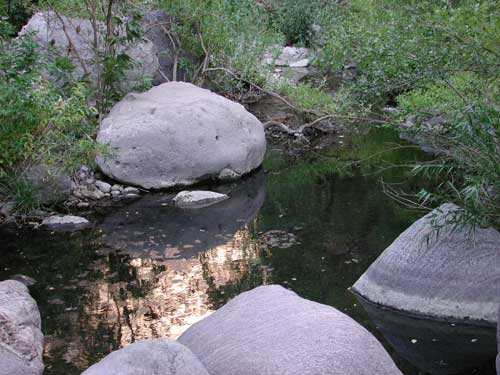
Through much of the year deep pools of water remain in the shady chasms carved by Fish Creek. Numerous aquatic animals - fish, amphibians, and especially insects can be seen. Oct. 2005.
Introduction
Among the many spectacular scenic roads in the Sonoran Desert, the Apache Trail ranks high. Driving it is not for the faint of heart or the reckless as the route is narrow and the drop-offs near and preciptous. Otherwise known as SR-88, this historic route skirts the northern edge of the Superstition Mountains where the Salt River has cut deeply through the soft volcanic tuff and rhyolite. Man-made dams along the Salt have impounded several reservoirs which attract millions of boaters, swimmers, sportsmen and campers. At times the most dangerous aspect of the roads are the drivers whose first concern is not always safety. That said, if taken with caution and care, this will be one of your most memorable drives anywhere!
Sponsored Links:
View Larger MapThe blue-wave icon indicates the point where Fish Creek crosses the Apache Trail. Parking is limited at bridge, but more areas to park are available about ½ km east. The Goldfield Mountains, noted by the trekker symbol at left, are northwest of Apache Juncion.
Tortilla Flat has an eatery and is a good endpoint for a Sunday drive.
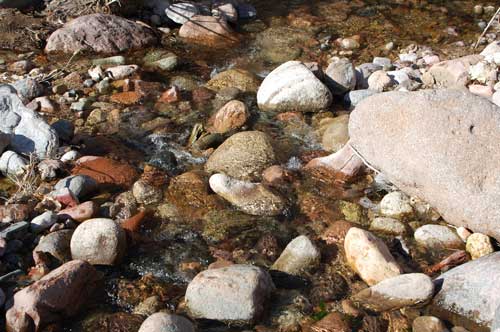 Six members of
Six members of 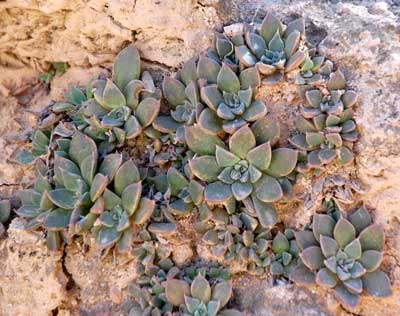 Water flows through Fish Creek on a
permanent basis and indeed there are fish that live in the pools. Most of these
are exotic invasive fish species such as the
Water flows through Fish Creek on a
permanent basis and indeed there are fish that live in the pools. Most of these
are exotic invasive fish species such as the 
